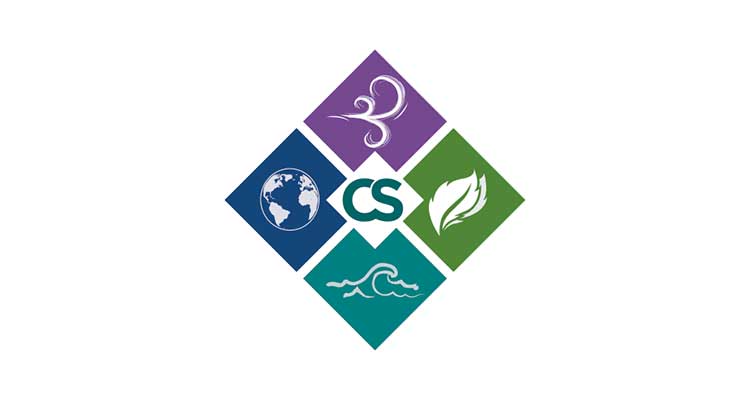Simplifying Your EHS Management Practices
By Tony Diamantidis, Sr. Director, Chemical Safety Software
What Chemical Safety means and how it has been interpreted by different organizations at different times has been the subject of much debate since OSHA and EPA in the US, and similar agencies worldwide came to be. Every entity that is in some way involved in the manufacture or use of hazardous materials has both explicit and implicit obligations to ensure workplace safety and regulatory compliance.
But how?
The EPA, in cooperation with OSHA, issued a Chemical Safety alert last year which defines “Safer Technologies and Alternatives” for Chemical Safety as part of an ongoing federal effort to improve chemical risk management, advance safety and protect human health and the environment. The article, which is worth reading at https://www.epa.gov/sites/production/files/2015-06/documents/alert_safer_tech_alts.pdf, first focuses on Hazard Identification and Process Hazard Analysis (PHA) and it states the following:
- First and foremost, you should thoroughly know and understand ALL of the hazards of the chemicals present at your site (e.g., toxicity, flammability, vapor pressure, reactivity).
- Next, you should thoroughly know and understand ALL of the hazards associated with how you process or handle those chemicals (e.g., what happens when the power goes off, what happens when a tank overfills).
Although different industries and differing processes may require specific approaches to safety, there are similar considerations that must be acted upon across many operations.
EPA’s recommendation on improving chemical safety includes Substitution (to safer chemicals), minimization, moderation and simplification. All of these areas can be largely addresses following two recommendations:
- Use common sense when dealing with chemical safety. The confusion and contradiction that sometimes exists in the way regulations have been written and enforcement is carried out has created actions that are wasteful, costly and sometimes miss out the desired result altogether. If you are one of the people responsible for chemical safety in your organization, work from the bottom up and keep things simple. What I mean by that is, decide what your ultimate goals are and set a simple plan with priorities, methods and stated results to meet those goals.
- Use technology to accomplish these goals. In today’s Internet of Everything (IoE), there are amazing, simple, cost-effective tools that can help you achieve your chemical safety and compliance goals faster, better and cheaper than ever before. I recommend you read some of the blogs I have posted on Best Practices for Chemical Management (https://chemicalsafety.com/best-practices-for-chemical-management-2016-breakthroughs/) and How to implement a Successful EHS Program (https://chemicalsafety.com/ehs-software-implementation-ems/) for further insight.
On August 1, 2013, the President issued Executive Order 13650 – Improving Chemical Facility Safety and Security. In this directive, several Best Practices for improving chemical safety are addressed and, not surprisingly, begin with using technology to improve chemical safety.
My team and I have been developing EHS technology solutions for 30 years, and I am thrilled that we can offer cloud-based delivery of our enterprise level software at a fraction of what it would have cost even a couple of years ago. As the world is engulfed in the industrial revolution, it is critical for each of us, in our respective industries and responsibilities, to look at ways of improving the safety of our workplace, the community and the environment. EHS technology IS the answer.
I welcome your comments.
About the Author: Tony Diamantidis has carried the torch for environmental excellence literally and otherwise for more than 30 years. He is the principal architect of his company’s Environmental Management Systems (EMS) technology, a Cloud-based environmental health and safety software infrastructure (www.chemicalsafety.com).
He has served as senior environmental consultant to multinational corporations, government organizations, and Olympic venues including the Athens 2004 Olympics where he carried the first ever Olympic Torch for the Environment on the eve of the Games opening day. He can be reached at tonyd@chemicalsafety.com or on LinkedIn.

